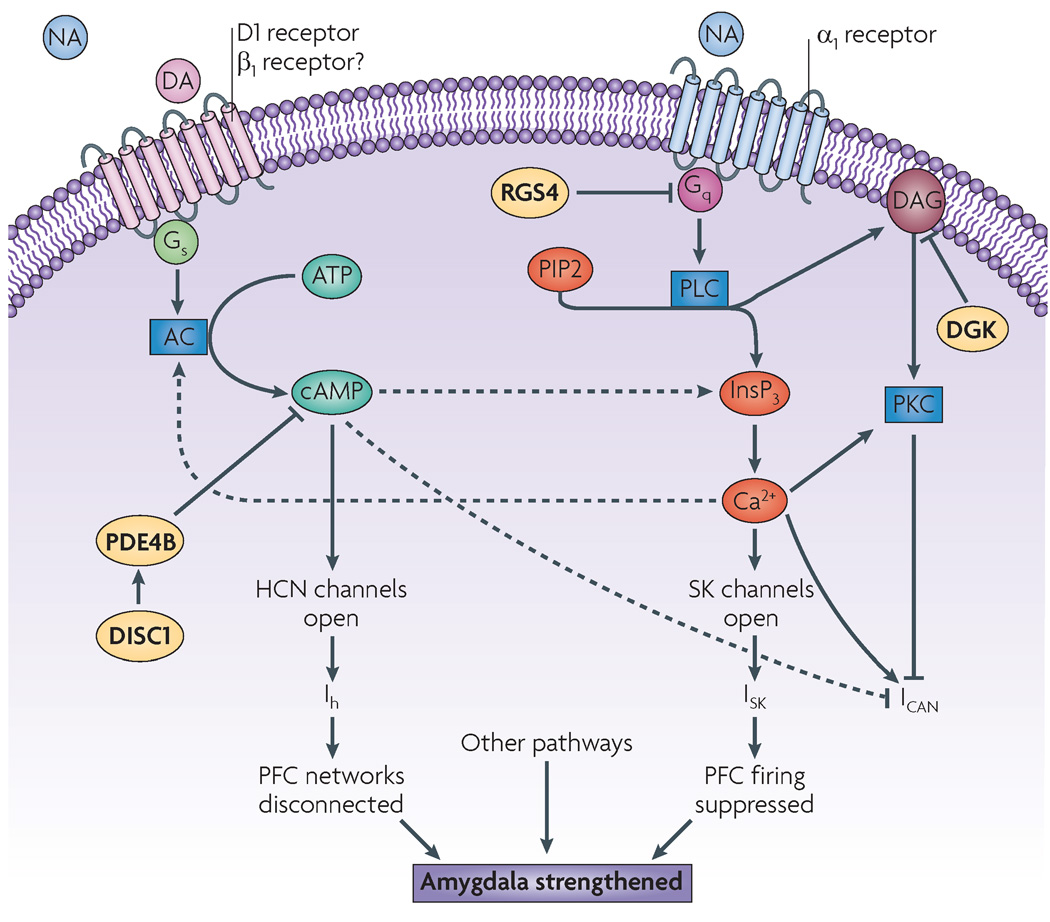Figure 3. Intracellular signalling pathways that impair prefrontal cortex working memory functions during stress.
Intracellular signalling pathways activated by stress exposure have feedforward interactions that rapidly impair prefrontal cortex (PFC) cognitive function. High levels of dopamine (DA) D1 receptor stimulation (and probably noradrenaline (NA) β1-receptor stimulation as well) activate adenylyl cyclases (ACs) to produce cyclic AMP. cAMP opens hyperpolarization-activated cyclic nucleotide-gated cation channels (HCN channels) on dendritic spines to produce the h current (Ih), which weakens network inputs and decreases delay-related firing. High levels of NA also stimulate α1-receptors, which activate phosphatidylinositol biphosphate (PIP2)–protein kinase C (PKC) signalling. Subsequent inositol-1,4,5-trisphosphate (InsP3)-mediated Ca2+ release has been shown to reduce PFC cell firing by opening SK channels, leading to a current (ISK), and has been shown to maintain firing through the depolarizing current ICAN. ICAN can be reduced by PKC and cAMP, such that the suppressive effects of ISK probably predominate under conditions of stress. The two signalling pathways interact to potentiate each other’s actions (dotted arrows); for example, cAMP can potentiate InsP3-medicated Ca2+ release through protein kinase A-mediated phosphorylation of InsP3 receptors. Conversely, Ca2+ can activate many isoforms of AC to generate more cAMP. Glucocorticoids might also activate these pathways (see main text). Enzymes that normally provide the molecular brakes on these stress signalling pathways (disrupted in schizophrenia 1 (DISC1), regulator of G-protein signalling 4 (RGS4) and DAG kinase (DGK)) are often genetically altered in families with serious mental illness, thus increasing susceptibility to stress exposure. Note that the cAMP and PKC signalling pathways have also been shown to be activated in the amygdala during stress, where they strengthen long-term memory consolidation and fear conditioning. DAG, diacyglycerol; PDE4B, phosphodiesterase 4B.

